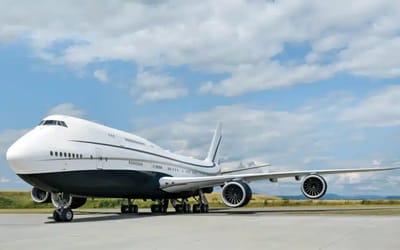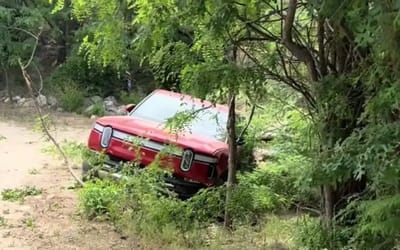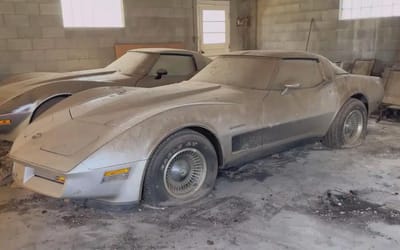This is the exact year the Tesla Elon Musk launched into space will come closest to Earth
- The Tesla Roadster was launched into space in 2018
- It was mounted to a Falcon Heavy and had a mannequin named ‘Starman’ at the wheel
- The Tesla is hurtling through space and will likely fly closest to Earth in 2047
Published on Jul 05, 2024 at 7:06 AM (UTC+4)
by Claire Reid
Last updated on Jul 05, 2024 at 7:29 PM (UTC+4)
Edited by
Tom Wood
The Tesla Roadster Elon Musk launched into space more than six years ago is likely to fly closest to Earth in the year 2047.
When the first Falcon Heavy was launched on February 6, 2018, it didn’t go out alone. Musk sent out his own personal Tesla – complete with a mannequin named ‘Starman’ – mounted to the upper stage of the rocket.
Since then, the Tesla has been hurtling at speeds of around 3,530 km/h (2,193 mi/h) and has exceeded its 36,000-mile warranty 89,600.2 times.
READ MORE! Tesla launched into space has traveled equivalent of driving all world’s roads 80 times
Where is the Tesla Roadster now?
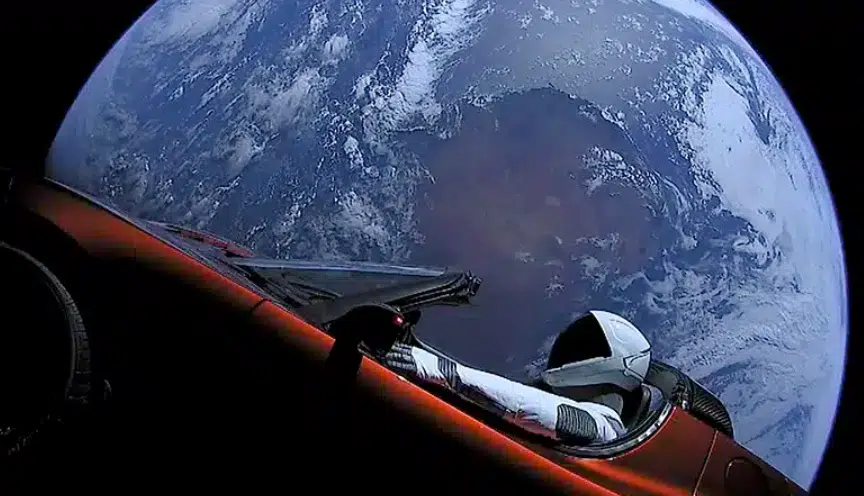
After more than half a decade in space, the Tesla is currently 139,614,674 km (86,752,510 miles) from Earth, according to whereisroadster.com.
At the time of writing, it’s around 374,788,747km (232,883,476 miles) from Mars; and 196,750,532km (122,255,796 miles) from the sun.
And you’ll be pleased to know it’s heading away from Earth, so you don’t need to worry about being hit by a Tesla from a great height.
However, one expert has predicted when it will next fly close to our planet – and you’ve got a bit of a wait.
Jonathan Dowell, an astronomer at the Harvard-Smithsonian Center for Astrophysics, told CNN back in 2020 that the EV is likely to be closest to our planet in 2047.
“It will pass about five-million kilometers from Earth in the year 2047,” Dowel said.
“Not close enough to see it as a resolved object.”
Will it ever hit Earth?
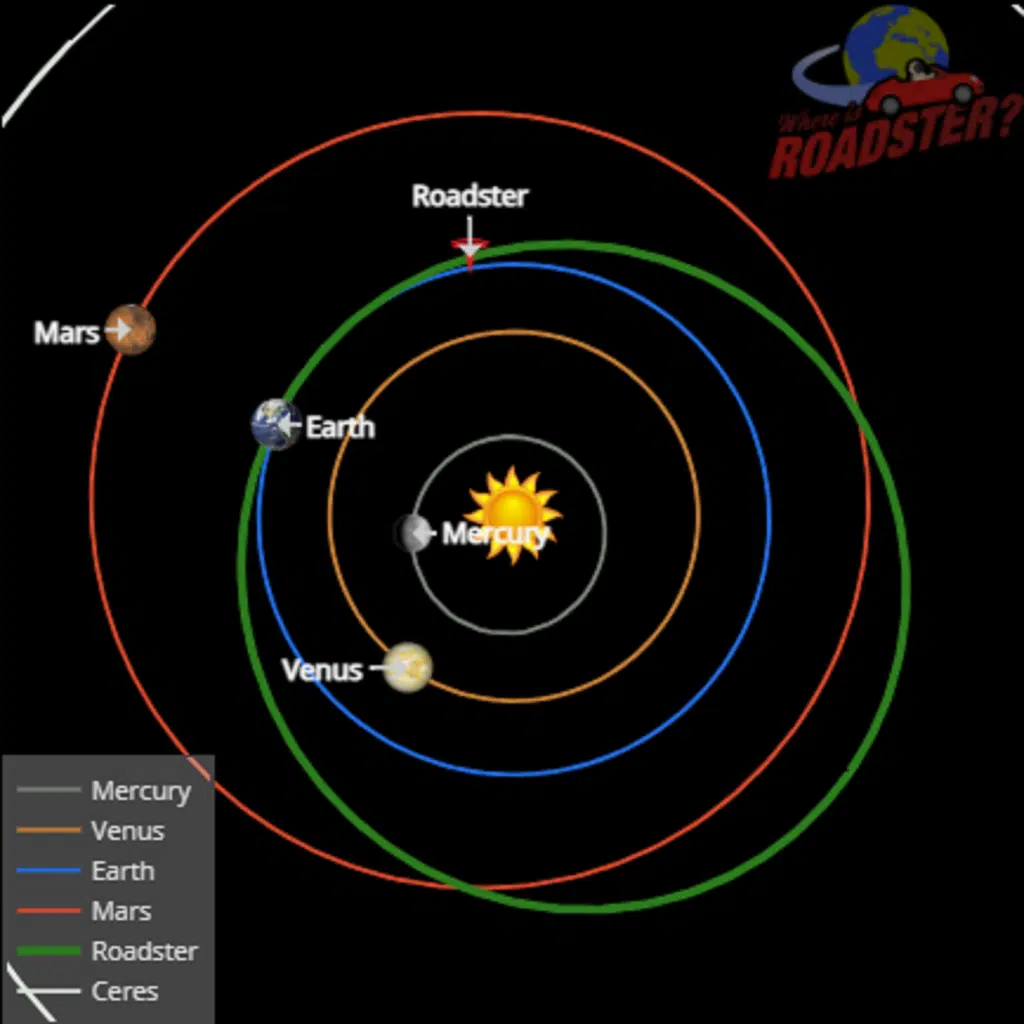
The odds of the Tesla ever hitting Earth are – thankfully – pretty low.
A 2018 study published in the journal Aerospace, researchers likened the Roadster to an asteroid.
“The Roadster bears many similarities to Near-Earth Asteroids (NEAs), which diffuse through the inner Solar System chaotically through (i) repeated close encounters with the terrestrial planets, and (ii) the effects of mean-motion and secular resonances,” the paper explained.
“Initially, NEAs reach their orbits from the more distant main belt via strong resonances (such as the secular 𝜈6 resonance or the strong 3:1 mean-motion resonance with Jupiter).
“When entering these escape routes, many NEAs are driven onto nearly-radial orbits that plunge into the Sun.”
This would put a NEA’s chances of colliding with a planet, at around two percent.
Phew.

Claire Reid
Claire Reid is a journalist who hails from the UK but is now living in New Zealand. She began her career after graduating with a degree in Journalism from Liverpool John Moore’s University and has more than a decade of experience, writing for both local newspapers and national news sites. Across her career she's covered a wide variety of topics, including celebrity, cryptocurrency, politics, true crime and just about everything in between.
